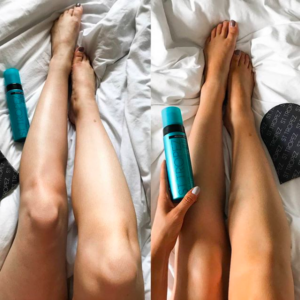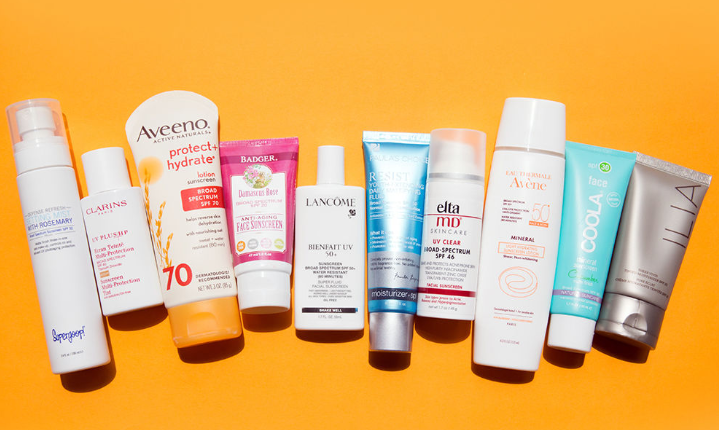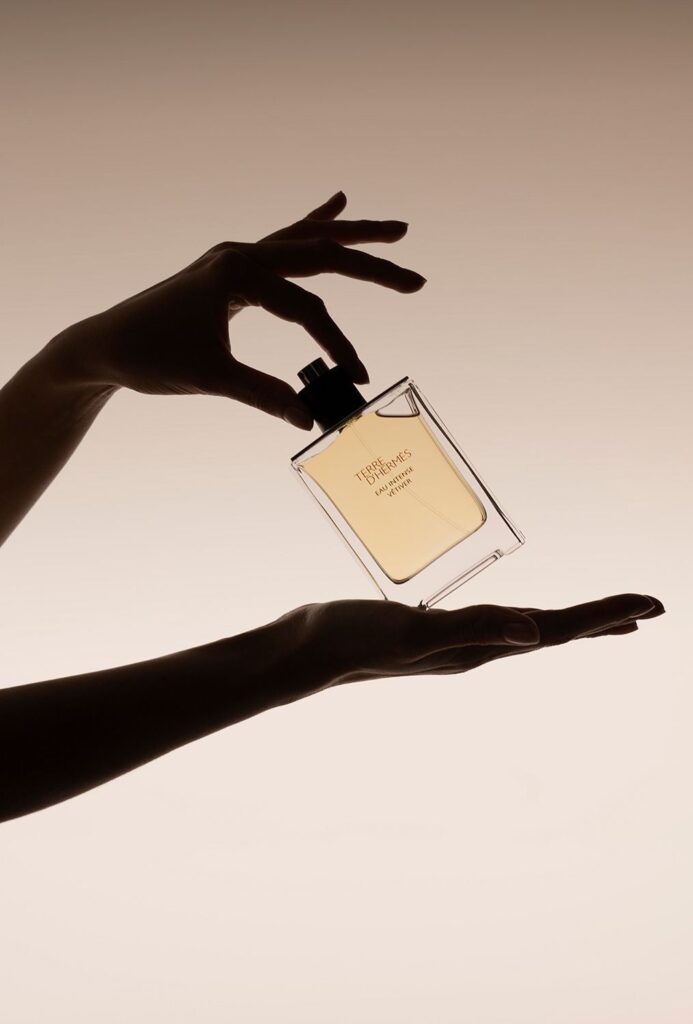
Graphic posted by @kimthesim on giphy.com.
Summer break is here, which means it’s time to break out the sandals, shorts and tank tops. You’ve probably fallen victim to a dreary, cold winter here in Happy Valley, and might not feel beach-ready just yet.
Many people are eager to get a “base tan” as soon as possible to start the summer off with some color, but it is still critical to use sunscreen to protect yourself.
VALLEY is here to help you understand the risks involved with prolonged sun exposure as well as some amazing alternatives to achieving a summer glow.
The Facts
Let’s start with the basics. Melanin is a pigment found in skin, hair and eyes that produces your natural coloring, or pigmentation. Those with darker skin tones typically have more melanin than those with fair skin. Melanin prevents the sun’s UV rays from penetrating the thicker layers of skin and causing damage.
The American Academy of Dermatology states that, “When your skin gets damaged by the sun’s rays, it makes even more melanin to try to protect your skin from being damaged even more.”
So, with the production of more melanin dark skin gets darker and lighter skin gets red, but no matter your skin tone, the skin is still being damaged. There are three types of rays emitted by the Sun: UVB, UVA and UVC. UVC rays are mostly blocked by the ozone, thankfully.
However, the other two can cause some serious damage as well. UVB rays are responsible for changing the color of your outer layer of skin while UVA rays go deeper and damage skin causing premature aging. When the sun penetrates the inner layers of our skin, it begins to kill cells and ruin the elastin fibers responsible for keeping skin nice and tight. This lead to wrinkles, dark spots and in some cases skin cancer.
The Prevention
This is where sunscreen comes in. Sun Protection Factor, or SPF, is a mixture of ingredients that act as a layer of protection from these powerful rays. Unprotected skin takes about 20 minutes to begin turning red, but with the use of SPF 15, your skin is supposedly protected for 15 times as long, or five hours. VALLEY recommends wearing at least SPF 15 every day, regardless of the season. It is also important to take the time to be prepared for a day out in the sun. This includes wearing sunglasses, a hat and tops that will protect your shoulders as well as bringing an umbrella to the beach. Your future skin will thank you!

Photo posted by @sttropeztan on Instagram.
The Alternative
If this information makes you want to spend a little less time in the sun, don’t worry, there are ways to get a healthy glow without causing life-long damage. Self-tanner can be found in drugs stores, beauty & makeup stores, as well as our beloved Amazon.
According to NYU Clinical Professor of Dermatology Dr. Darrell Rigel, self tanner is really the only safe way to have a tan appearance. Whether is a spray, a mousse, a gel or a lotion, self-tanner works to stain the outermost layer of our skin. Some of the most popular brands are St. Tropez, Loving Tan and Jergens.
What are some of your favorites? Comment down below and let us know!





